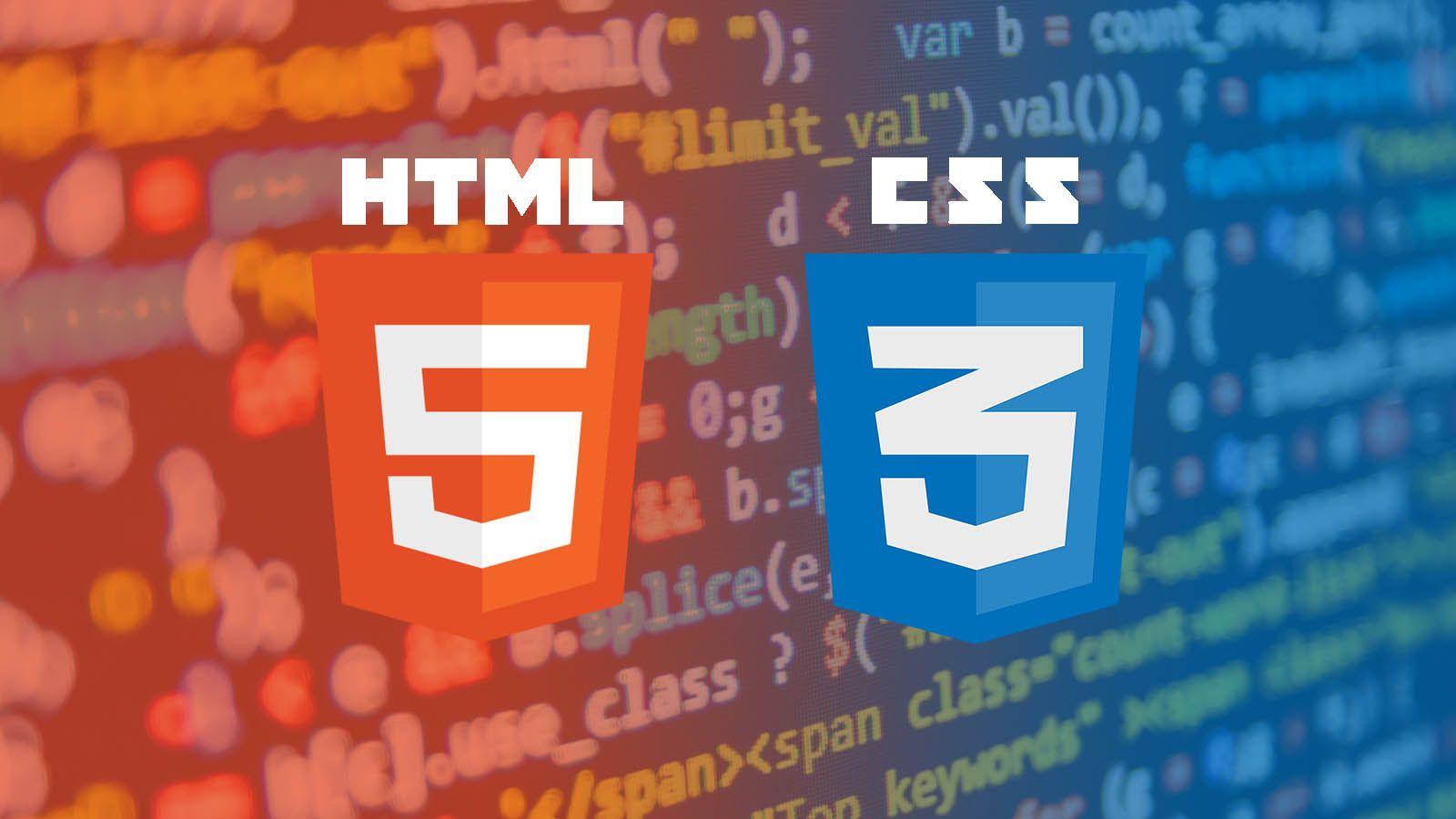HTML & CSS
- Home
- HTML & CSS

HTML & CSS
Ideal Computech’s HTML & CSS course is the perfect foundation for aspiring web developers and designers. Learn the core technologies of the web and master HTML for structuring content and CSS for styling. Our course offers hands-on experience in creating stunning, responsive websites. You’ll gain skills to build user-friendly, aesthetically pleasing web pages that adapt seamlessly to various devices. Join us, and start your journey toward becoming a proficient front-end developer or designer.
Course Details
HTML (Hypertext Markup Language):
Structure of Web Pages
HTML is used to structure the content of web pages. It defines the elements on a page, such as headings, paragraphs, lists, images, links, and more. These elements are arranged in a hierarchical structure to create the layout and content of a web page.
Markup Language
HTML uses a markup syntax with tags (enclosed in angle brackets) to define the purpose of each element. For example, represents a top-level heading, and a paragraph.
Semantic Markup
HTML5 introduced a greater emphasis on semantic elements, which provide meaning to the structure of a web page. Semantic tags like , , , and convey the purpose of sections, aiding accessibility and search engine optimization.
Cross-Browser Compatibility
HTML is supported by all major web browsers, making it a universal language for web content. Developers need to write HTML that works consistently across different browsers.
Accessibility
Proper HTML markup and semantic structure are critical for web accessibility, ensuring that web content can be understood and used by people with disabilities using assistive technologies.
CSS (Cascading Style Sheets):
Presentation and Styling
CSS is used to control the presentation and visual styling of web pages. It allows developers to define how HTML elements should look, including aspects like layout, colors, fonts, and spacing.
Separation of Concerns
CSS promotes a separation of concerns in web development. HTML is responsible for content and structure, while CSS is responsible for style. This separation makes code more maintainable and flexible.
Selectors and Properties
CSS uses selectors to target HTML elements and apply styling rules. For example, you can use h1 as a selector to style all top-level headings. Properties define the styling aspects, such as color, font-size, and margin.
Cascading Nature
The term "cascading" in CSS refers to the order of precedence when multiple CSS rules apply to the same element. The rules can come from various sources, including external stylesheets, internal
